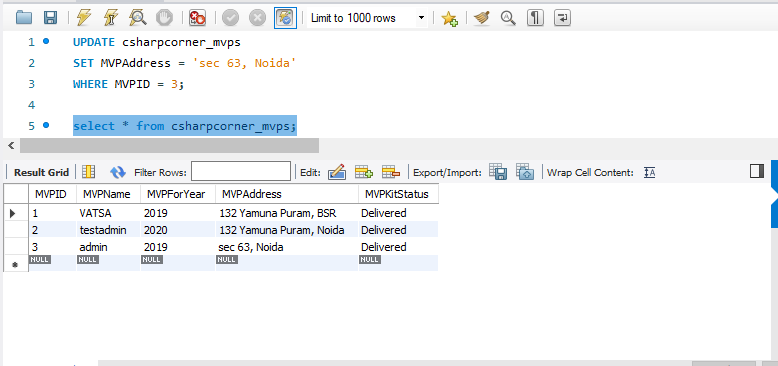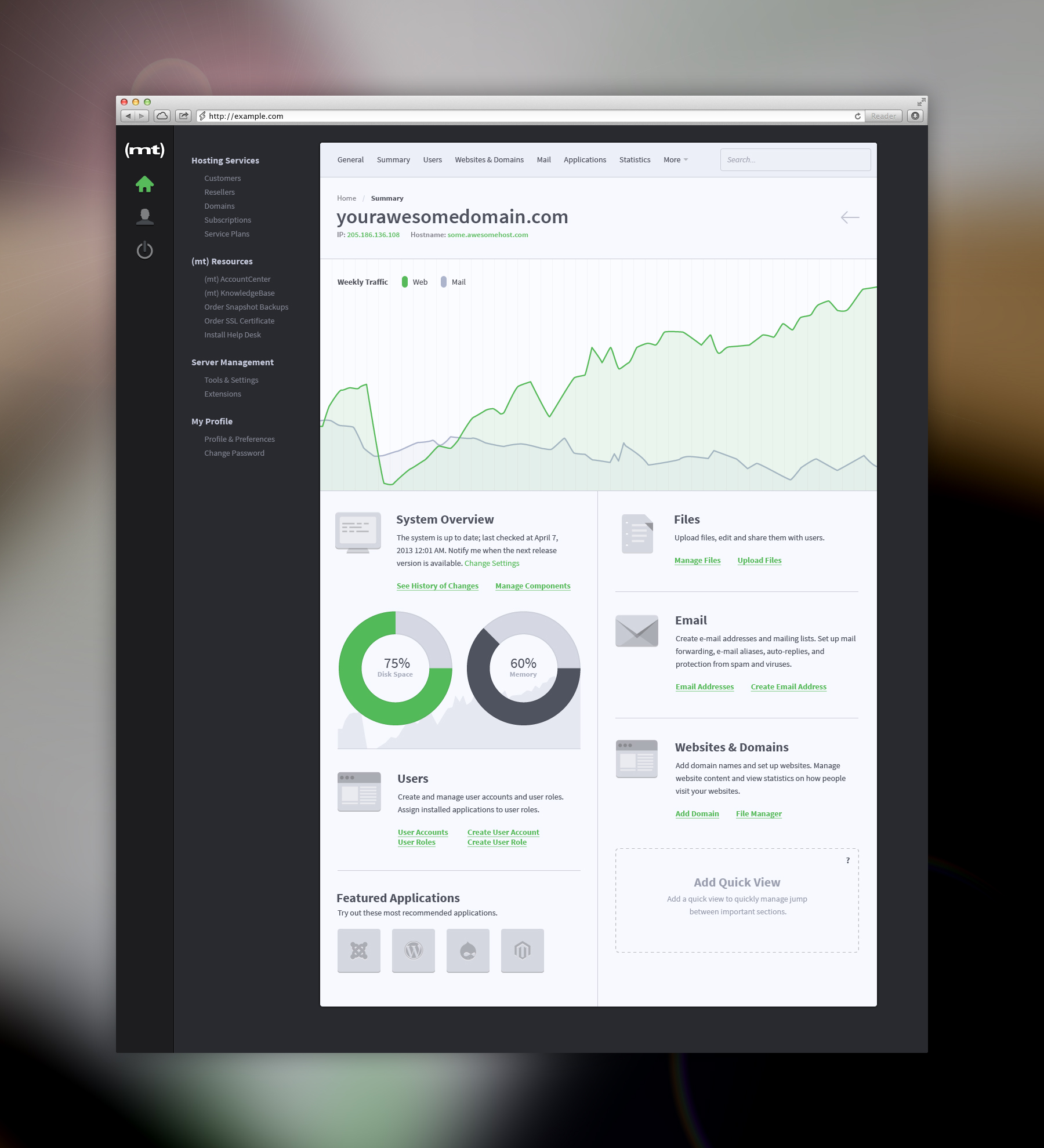
- #UPDATE MYSQL MEDIA TEMPLE PLESK HOW TO#
- #UPDATE MYSQL MEDIA TEMPLE PLESK UPDATE#
- #UPDATE MYSQL MEDIA TEMPLE PLESK SOFTWARE#
- #UPDATE MYSQL MEDIA TEMPLE PLESK PASSWORD#
- #UPDATE MYSQL MEDIA TEMPLE PLESK PROFESSIONAL#
That’s the Media Temple 20/20 Uptime Guarantee.Īn up-to-date, highly stable LAMP stack comes pre-installed. If we ever fall short, you get money back. Media Temple guarantees hardware, network, and infrastructure uptime of 99.99%.
Pre-installed software with CentOS 7 x86_64: Pre-installed software with CentOS 6 x86_64:Ĭhoice of Plesk® Onyx or cPanel® & WHM® 11.5 High-performance DV servers come fully loaded with everything you need to get started quickly. It’s business-class VPS hosting, with plenty of peace of mind.
Get award-winning live support, an industry-leading SLA, and just the right level of professional server management. Once that is done, you should be able to log in with the new password.DV is Media Temple’s managed VPS hosting platform. If you change your password, then you may need to clear your browser's cache.

Q: I changed the password for a database user, and now I can't log in to phpMyAdmin, why?Ī: Many times your browser may save your phpMyAdmin login information so you don't need to login everytime.
Now, my site will not work.Ī: If you change the password for any of your 1-Click Application database users, you MUST update the configuration file for that application by providing the new password. Q: I changed the password for one of my 1-Click Application database users. Q: Must all the database users I create start with db00000_ in the prefix?Ī: Yes, at this time, all database users manually created must start with db00000.
When prompted, confirm that you wish to delete the user by clicking the red Delete User button. Scroll down to the Manage Database Users section, and click on "Delete" for the user you wish to remove. Any applications or scripts using this password will have to be updated to ensure that your applications remain unaffected. You must update your database connections. On the Grid, you can change the password for any of the database users on your service.ĭeleting a user password will happen immediately. Select the permissions you desire for each database, and click Save to apply these permissions to your database user.Ĭhanging the password for a Database User. You can choose between No Access, Read Only, and Read/Write for the specific user. The access levels for each database will appear below the user row. Scroll down to the Manage Database Users section, and select Permissions to the right of the user. Read/Write - User can read and write to database. Read Only - User can view the database, but cannot make changes. No Access - User is given no access to the database. However, on the Grid you can set three types of permissions for an additional databse user. Your Primary Database User has universal access to all databases on your service. Click on Create Database User to create your new user. Enter a username, and enter a strong password twice. Scroll down to the Manage Database Users section, and select + Add User. Select Manage Databases from the Databases menu. Select the Admin button adjacent to your Grid hosting service from the Overview page of your Account Center. You can add new users, change a user's permissions to a database, change a user's password, or delete any Additional/1-Click Database Users. You have four types of actions for database users. A database user created using the 1-Click Application feature will have the 1clk prefix such as: 1-Click Database UsersĪny database user created using the 1-Click Application feature will not count toward your total database user count. You will need to enable " Read Only" or " Read/Write" permissions for each user. Scrolling down you should see an option to Add New User.īy default, any new database user will have " No Access" permissions to any database. (Note: Depending on your cPanel theme the location and look of this icon may vary).ģ. Access control: Select the desired permissions for the database user.ġ. Database: Select a desired database or select Any to give the user access to all the databases. Database user name: Input your desired username. Database server: Should be generated for you. If you click on an existing user or click on Add Database User, you will be prompted with a menu to edit the user.  Click on your desired database user to edit an existing user.ĥ. Click on Remove to remove a database user.
Click on your desired database user to edit an existing user.ĥ. Click on Remove to remove a database user.  Click on Add Database User to create a new user. You will not be in your Database Users menu. Login to your domain's Plesk control panel.Ĥ.
Click on Add Database User to create a new user. You will not be in your Database Users menu. Login to your domain's Plesk control panel.Ĥ. This article provides instructions on how to manage your database users on a VPS server.







 0 kommentar(er)
0 kommentar(er)
